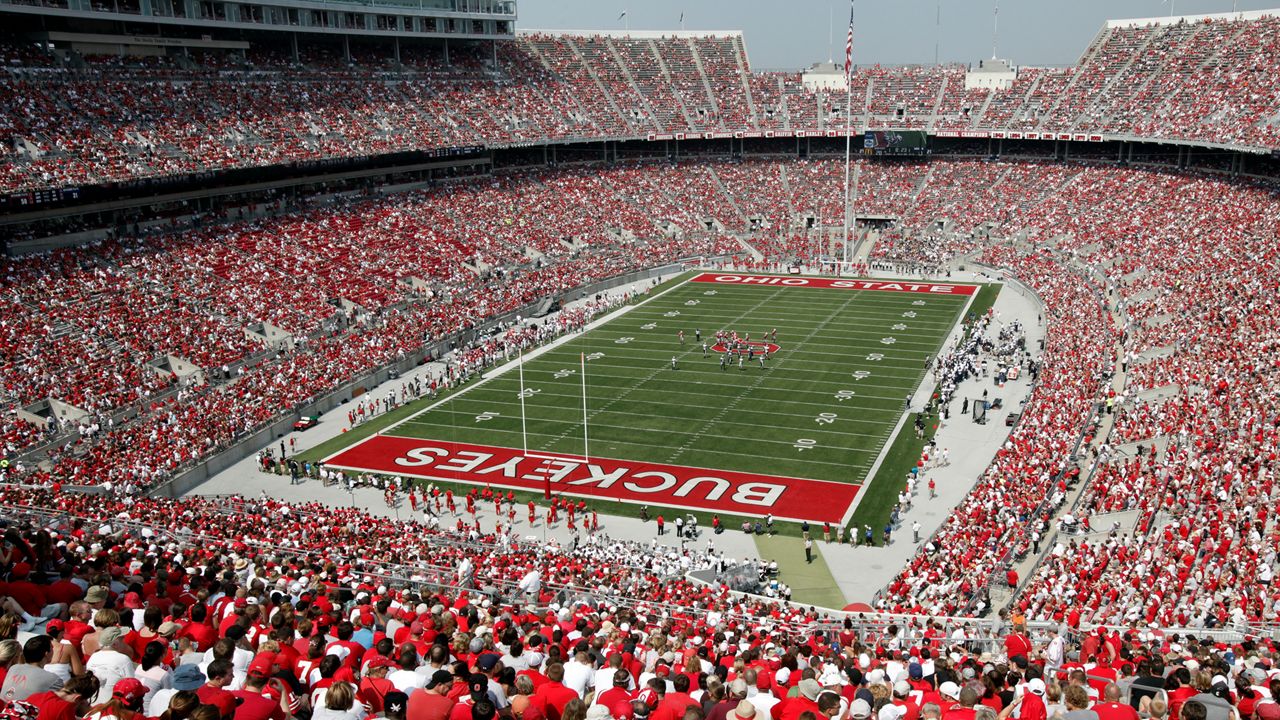COLUMBUS, Ohio — Ohio's top doctor said the state has “turned a page” in its battle against COVID-19.
“We fought hard, and more than 5.3 million Ohioans have made the choice to receive the COVID-19 vaccines, and as Gov. Mike DeWine promised three weeks ago, the pandemic health orders have been lifted,” Ohio's chief medical officer Dr. Bruce Vanderhoff said Wednesday.
Vanderhoff said there are no updates on a timeline to end the state of emergency in Ohio, one of the unknowns leading into Wednesday.
“I don't have anything to share or announce today on that,” he said.
The Ohio Department of Health continues to caution that unvaccinated Ohioans are at-risk of contracting the virus and potentially becoming severely ill.
“Starting today, in Ohio, yes, these orders have been lifted, but not because there is no threat of COVID-19, not because that threat has passed, but because the progress we've made with vaccination makes it appropriate to shift the responsibility from government mandates to the hands of the people of Ohio,” Vanderhoff said.
Businesses, workplaces and schools may consider policies to continue requiring masking or social distancing, he said, noting that variants continue to present danger and that many communities are mostly unvaccinated.
The end of the health orders allows establishments in Ohio to return to full capacity Wednesday, including bars, restaurants, stadiums and other establishments. The Cleveland Indians and the Cincinnati Reds were expected to welcome fans back at full capacity for daytime games on Wednesday, but both games were postponed due to rain.
Ohio State director of athletics Gene Smith said Tuesday that he is hopeful Ohio Stadium will be open at full capacity for football this fall.

Officials said Friday they were reviewing their plans to continue a mask mandate in long-term care facilities. For now, the state has not touched its health order for nursing homes, and it remains in effect even as most of the health orders have expired or been terminated.
Vanderhoff clarified Wednesday that Ohio is not requiring masks on public transit or in health care settings, but he said facilities in those sectors should continue to enforce mask mandates in accordance with the Centers for Disease Control and Prevention guidance.
He said hospitals accredited by the Centers for Medicare & Medicaid Services continue to be accountable to federal requirements.
“Keep in mind that nursing homes are very different environments. They’re caring for some of the most vulnerable people,” he said. “That was the population most profoundly impacted by COVID-19, and so they really do represent a special case and a situation in which vulnerable Ohioans are receiving health care, and so these lifted orders today do not include the nursing homes."
Travelers flying through Ohio airports are expected to wear masks, Vanderhoff explained.
“If you go on an air flight, you will continue to see a requirement for masking,” he said. “And other forms of transportation, I think, will be encouraged to refer to the CDC for guidance, though, again, in the state of Ohio, there will not be any mandate or requirement in place.”
Ohio Department of Health Director Stephanie McCloud signed an order Tuesday night taking effect at 12:01 a.m. Wednesday rescinding seven COVID-19 related health orders.
The state’s mask mandate and social distancing requirements expired automatically at the same time Wednesday because a sunset clause was added in May to the Director’s Second Amended Order for Social Distancing, Facial Coverings, and Non-Congregating.



